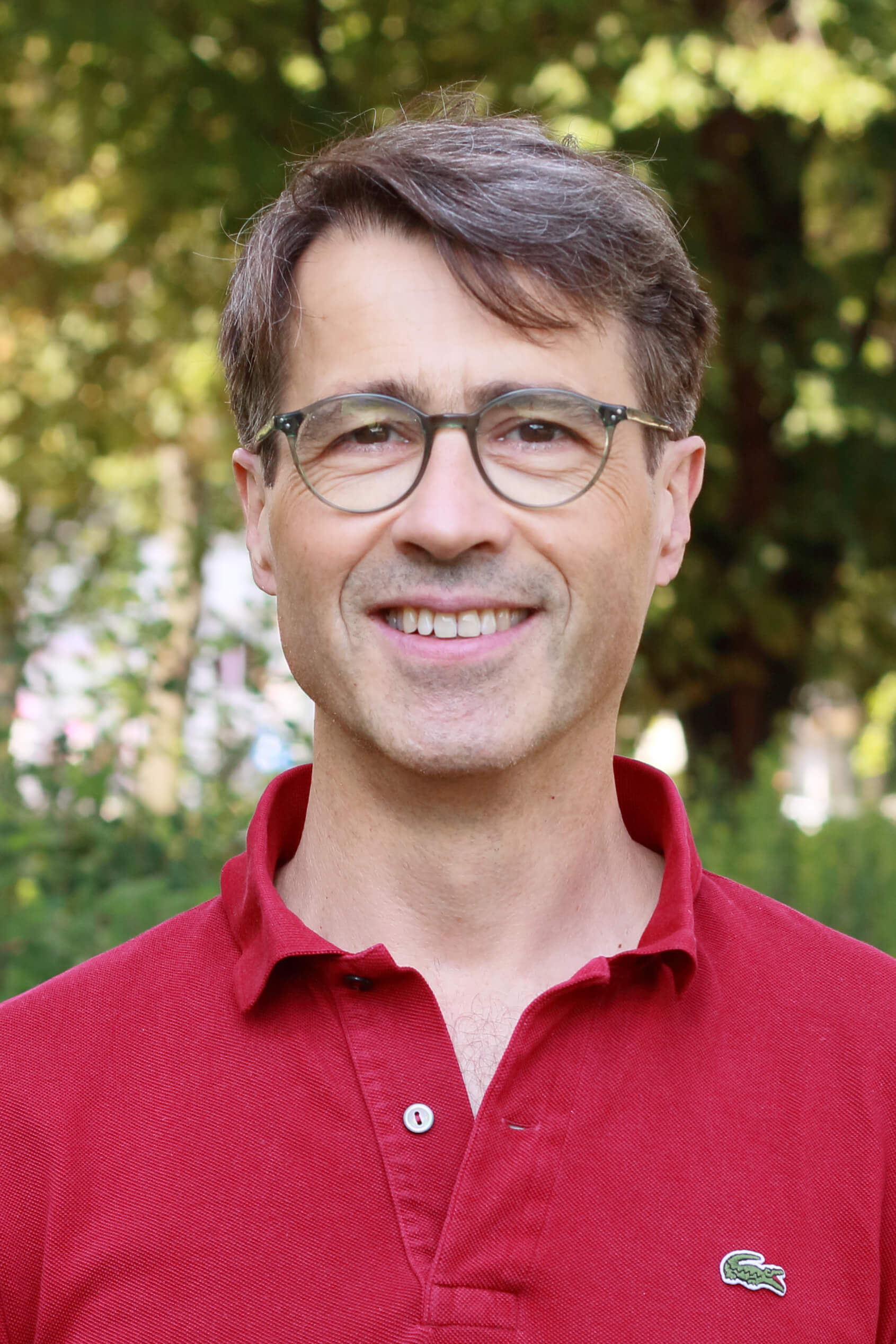
Research interests
Computer simulation methods for rare events (transition path sampling), molecular dynamics and Monte Carlo simulation, machine learning approaches for encoding potential energy surfaces and classifying local molecular structures, structure and dynamics of soft matter systems, self-assembly, nano-particles, nonequilibrium statistical mechanics, stochastic processes, nucleation phenomena, structure and dynamics of water and ice, stochastic thermodynamics, fluctuation theorems, levitated optomechanics.
Most relevant scientific results
- Helped to developed the transition path sampling (TPS) methodology for the computer simulation of rare events in complex systems [1, 2]. The method, based on a reaction coordinate free statistical description of transition pathways, has been used by many research groups worldwide to study the mechanism and kinetics of rare transitions in materials science, chemistry and molecular biology.
- Revealed the mechanism for autoionization in liquid water based on dynamical trajectories generated with first principles molecular dynamics and harvested with transition path sampling [3].
- Clarified the free energetics and kinetics of proton transfer as well as the generation and migration of hydrogen bonding defects along one-dimensional wires of water molecules inside narrow carbon nanotubes [4, 5].
- Revealed the mechanism for pressure induced phase transformations in semiconductor nanocrystals based on transition path sampling simulations and free energy calculations [6]. Developed a new method to apply pressure to nanoscale objects based on an ideal gas thermos- and barostat.
- Devised a simple and efficient way to determine local crystalline structures based on Steinhardt bond order parameters [7]. The method is very easy to implement and has been employed by many researchers worldwide to analyze the nucleation of crystals from the melt and from solution.
- Derived a fluctuation theorem for relaxation from non-equilibrium steady states and verified it in collaboration with experimentalists for a laser trapped nanoparticle [8]. Helped to realize the first experimental demonstration of the Kramers turnover using a nanoparticle levitated in a double well trap.
- Designed a neural network-based potential for liquid water and ice and used it to clarify the effect of van der Waals interactions on the unique properties of water [9]. Developed a computer code, which is freely available, to train neural network potentials and apply them in molecular dynamics simulations. Using similar methods, demonstrated how to use neural networks to classify local crystalline and amorphous molecular structures [10].
Career
- 2017–present: Director of the Erwin Schrödinger Institute, University of Vienna
- 2009–2012: Dean of the Faculty of Physics, University of Vienna
- 2008–2009: Vice Dean of the Faculty of Physics, University of Vienna
- 2007–present: Head of the Computational Physics Group, Faculty of Physics, University of Vienna
- 2003–present: Full Professor, Faculty of Physics, University of Vienna
- 1999–2003: Assistant Professor, Department of Chemistry, University of Rochester
- 1996–1999: Schrödinger Fellow of the Austrian Science Fund (FWF), Department of Chemistry, University of California at Berkeley
- 1993–1996: Research Assistant, Institute for Experimental Physics, University of Vienna
Education
- 1996: Ph. D. thesis, Physics, University of Vienna, Austria
- 1991: Diploma thesis, Physics, University of Vienna, Austria





